The Supervet: Safari Special at The Rhino Orphanage
Supervet Noel Fitzpatrick, in his new episode Supervet: Safari Special, visits The Rhino Orphanage. You too can visit and volunteer with ACE!
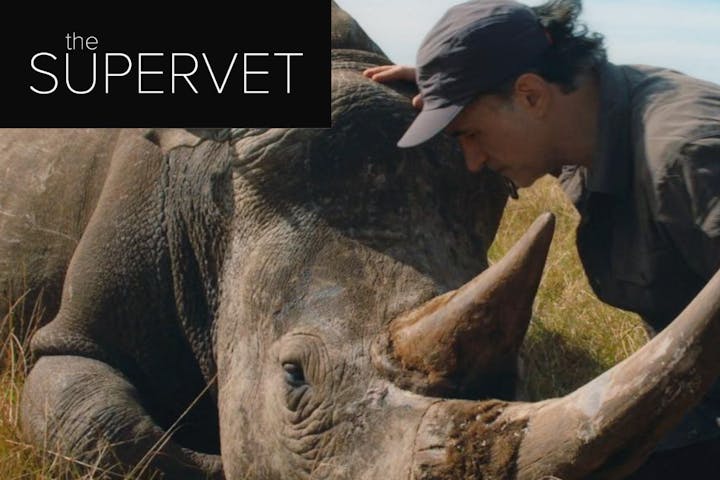
Just as conservationists fight to protect important wildlife populations, a UNESCO World Heritage Site protects the legacy of a particular place. Golola Rhino Orphanage And Rehabilitation Centre offers you the chance to be part of both of these stories. You’ll gain hands-on experience caring for orphaned or injured baby rhinos and monitor those released in a wildlife reserve within a UNESCO-protected site.
In the morning you could find yourself bottle-feeding a recently orphaned baby rhino as it starts its rehabilitation journey. In the afternoon you might be surrounded by wildebeest and zebra while monitoring rhinos successfully released back into the wild. By night you could find yourself preparing a meal with your fellow volunteers and discussing the day's activities.
With one-on-one supervision from a knowledgeable team of zoologists, conservationists and researchers, you’ll be actively involved in and learn about every detail of rhino care rehabilitation.
Find out more in the video below - you can click 'CC' for subtitles and find chapters in the progress bar!
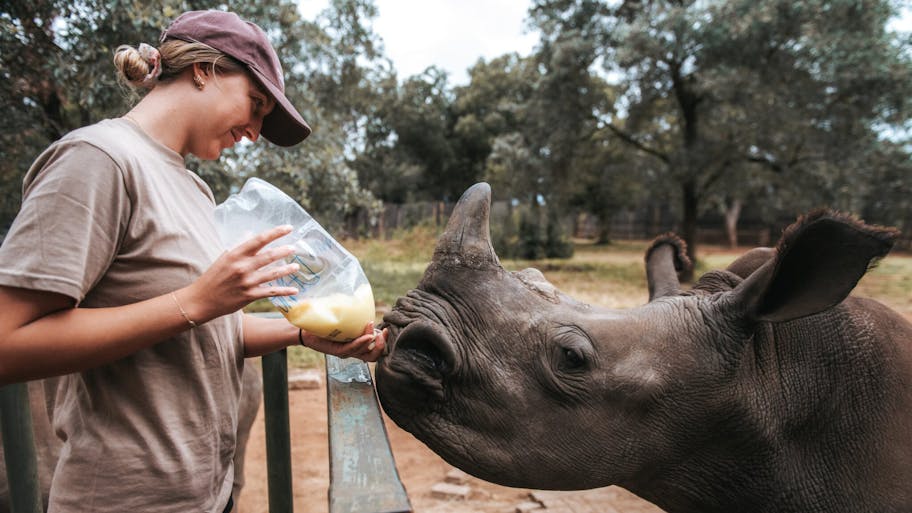
The person interacting with the rescued rhino in the background of the video (at 05:12), is a qualified animal physiotherapist who committed to working with the baby rhino for a three-month period.
🇿🇦 South Africa
From bottle-feeding an orphaned rhino calf to assisting with monitoring rhinos successfully released back into the wild, there’s a chance to take part in every aspect of rhino rehabilitation.
The project only takes a few volunteers at a time, so you have a chance to work directly with professionals. As part of a small team, you’ll have a valuable role and be welcomed as part of the project staff.
The research this project does is vital. From monitoring rehabilitated rhinos to the taking of blood samples, there’s an opportunity to make a meaningful impact and share vital information to help protect rhinos in Africa.
The wildlife reserve and World Heritage Site is home to giraffes, zebra, warthogs, and elusive leopards, as well as rhinos. You'll monitor the rehabilitated rhinos to ensure they integrate socially, remain healthy and adapt well to their new environment.
With project staff living on-site, there is the chance to chat, share stories and take in the stars of the southern hemisphere at night.
There aren’t many places in the world where you can gain hands-on experience with rhino rehabilitation. Golola Rhino Orphanage And Rehabilitation Centre offers just that, under the guidance of skilled professionals with extensive knowledge and passion to share. You'll be an integral part of this small team assisting with the daily care and monitoring of white and black rhinos:
Many of the orphaned rhinos are injured and emotionally distressed on arrival at the project. You’ll help to care for and rehabilitate them so they can eventually be released back into nature.
Once they’re old enough, the rehabilitated rhinos are released into the surrounding wildlife reserve which is part of a UNESCO World Heritage Site. Monitoring the rehabilitated rhinos on a daily basis is another key part of rhino conservation work at this project.
You’ll accompany staff on walks in the surrounding pristine mountain environment. During these walks, they’ll discuss various topics with you.
The project is part of a team doing a number of long-term scientific studies into rhino health and development. Research is done on an ad hoc basis.
Alongside a ton of practical experience, you’ll learn first-hand about the behaviour, threats, conservation, protection and ecology of rhinos.
Supervet Noel Fitzpatrick, in his new episode Supervet: Safari Special, visits The Rhino Orphanage. You too can visit and volunteer with ACE!

The Golola Rhino Orphanage and Rehabilitation Centre is the world’s first dedicated rhino orphanage. Their mission is to ensure the species survive. Read Lonely Planet's article about the Rhino Orphanage here.
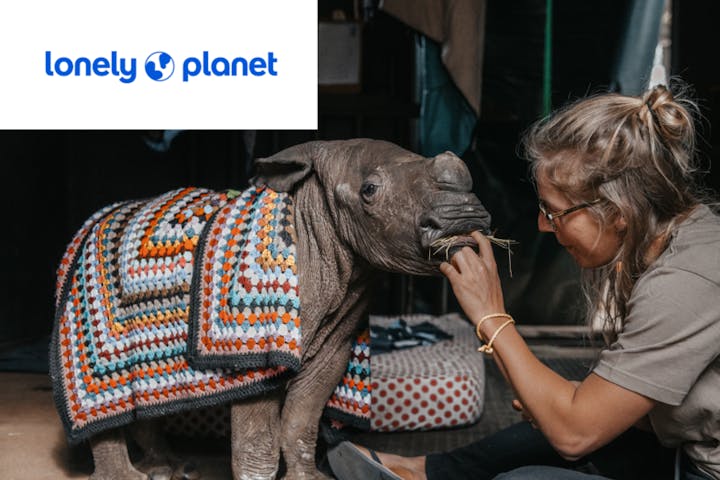
We see the term endangered thrown around a lot. Who decides which species are endangered, and how do they make that decision?
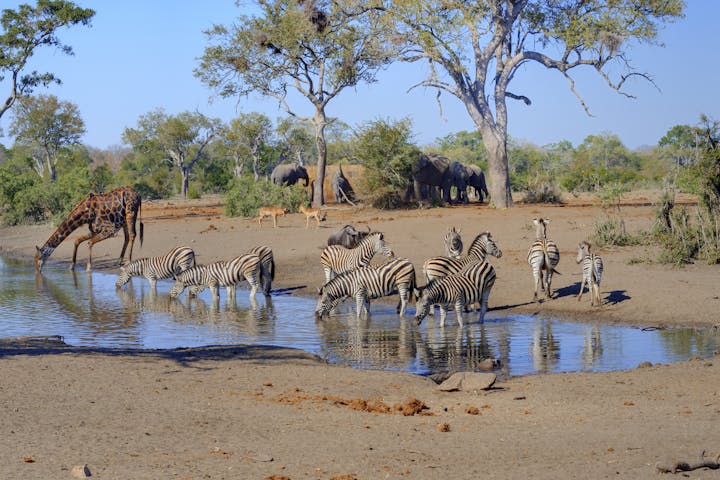
Tips for ensuring that your wildlife selfies positively contribute to animal welfare and conservation, and use social media to spread the word.
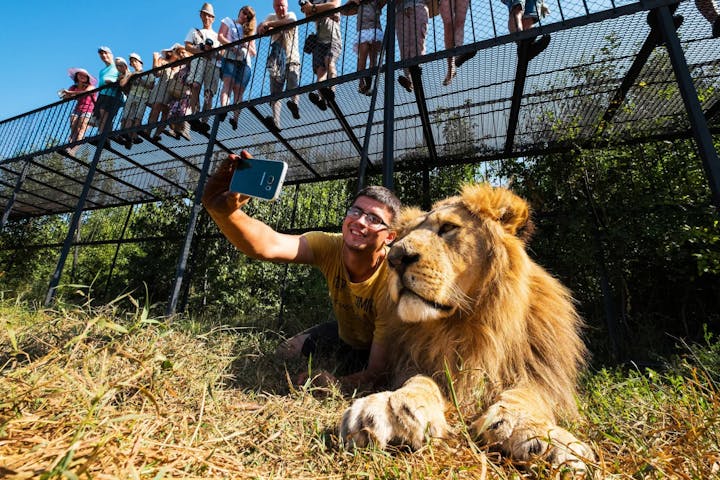
Learn more about the two-part placement available as part of the ACE Rhino Conservation Experience.
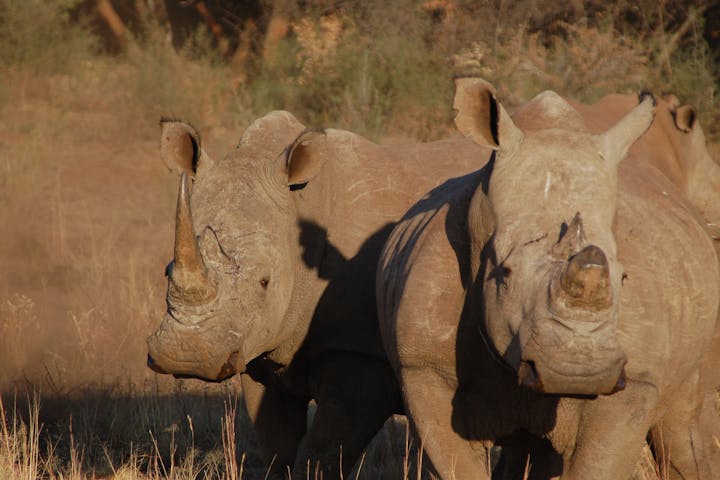
Channel your inner animal - take our quiz and find out which "Big Five" African animal you are!

Learn the top facts about rhinos and how you can contribute to the overall conservation effort.
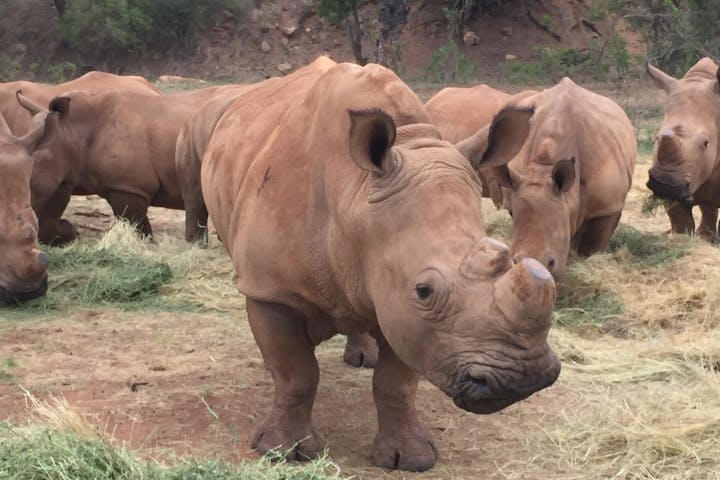
Most of our travellers like to combine multiple projects to create a tailor-made trip. The combined price of projects is cheaper than the individual projects added up online.
We offer combinations of conservation projects, transport between them, accommodation and travel insurance as you require. We are a travel operator, not an agent, which means we take full responsibility for your trip which will be financially protected through ABTA and ATOL.
We will discuss your options and tailor your experiences so you can realise your dreams.
Your journey to Africa starts with our online application form. This is your chance to tell us about yourself and what you want from your African experience. Following our communication, we’ll send you a bespoke itinerary and quote. Then, you only need to pay a deposit amount of GBP 295 / USD 400 / CAD 500 / AUD 500 / EUR 350 to book your entire trip.